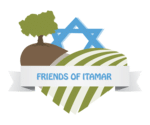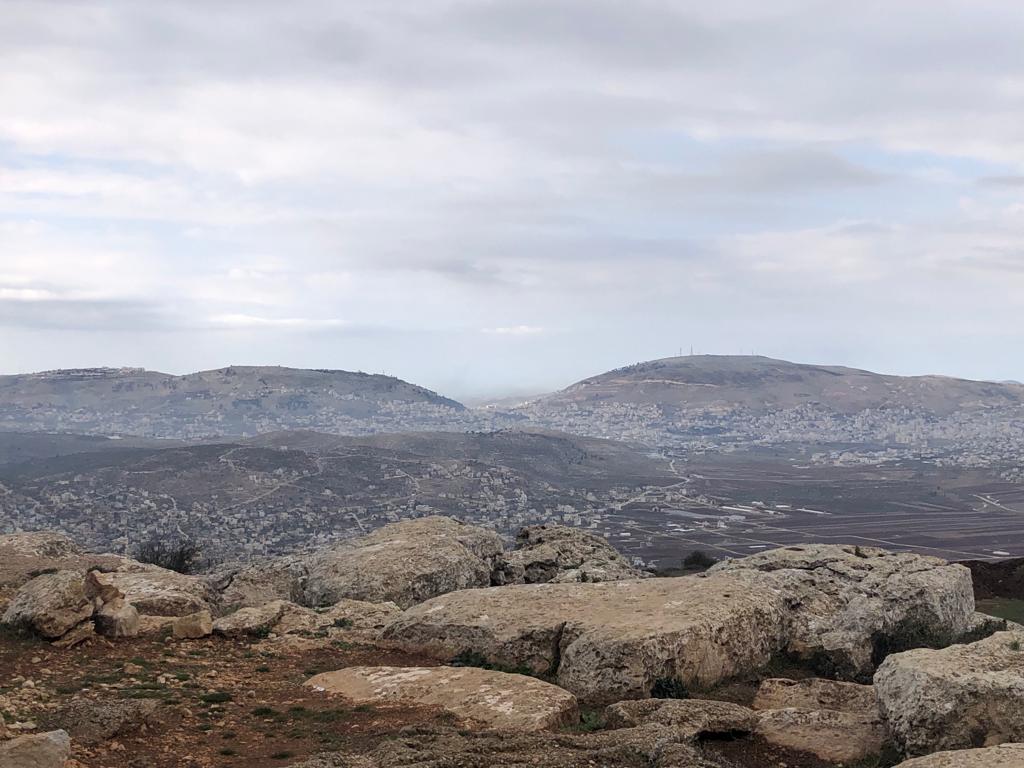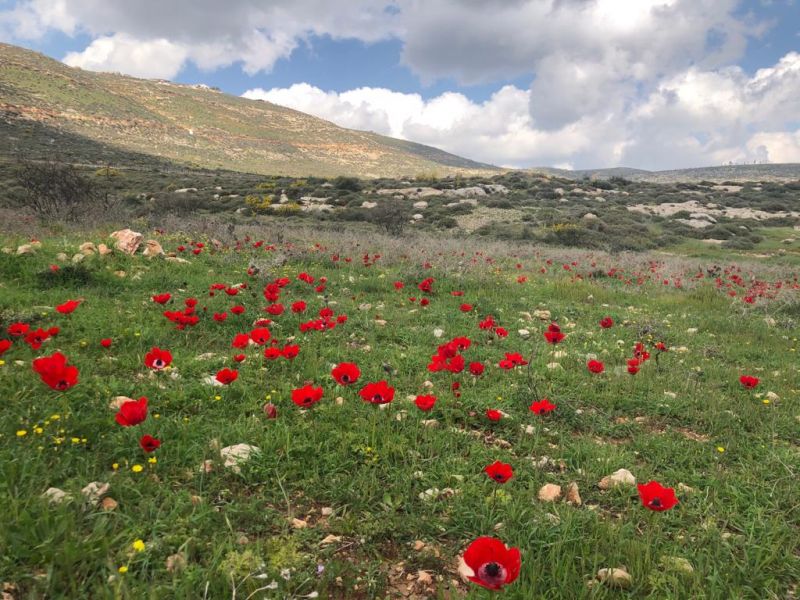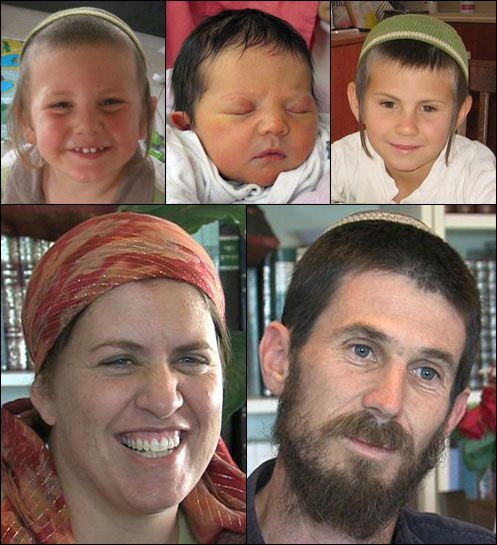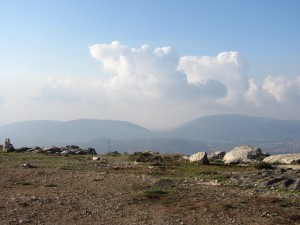The Fogel Massacre
Shocking Massacre in Itamar Wednesday, March 16, 2011 By Avi Yishai
Itamar in its early days by Leah Goldsmith
Itamar 1985- 23/1/2005 Almost 20 years ago, Itamar, then Tel Chaim, consisted of 2 tiny blocks of pre-fab concrete matchbox houses, like parallel rows of white dots on a black domi
The Return to the Mountains of Shomron by Rabbi Moshe Goldsmith
Kislev 5765 Benny Katzover’s story: Chapter 1 The return to Chevron This Shabbat we had the privilege of hosting Benny Katzover at the Itamar Yeshivat Chitzim. Benny was one
A small taste of what we are going through
Dear Jonah, Thank you for your continued concern. Itamar, as I’m sure you are aware, has been going through a very difficult time. A little less than two weeks ago, we lost anoth
Life on Itamar by Leah Goldsmith (written in 2000)
Yishuv Itamar is located in the Gav Hahar region, or literally, “the Hump of the Mountain”. It is hill country, tremendously big, picturesque and mysterious, varied wit
